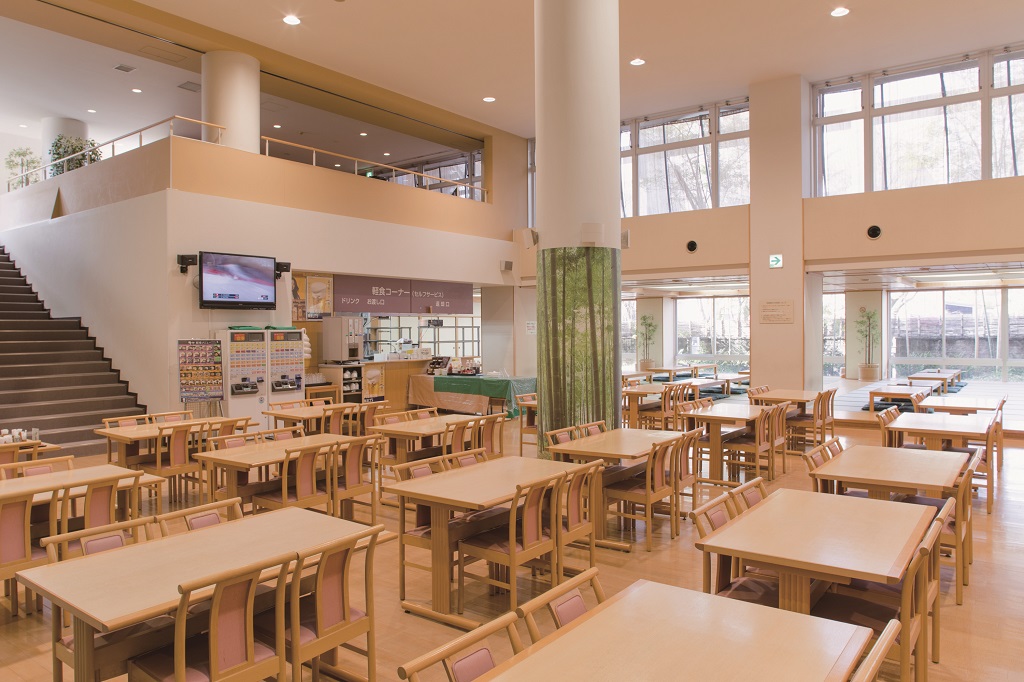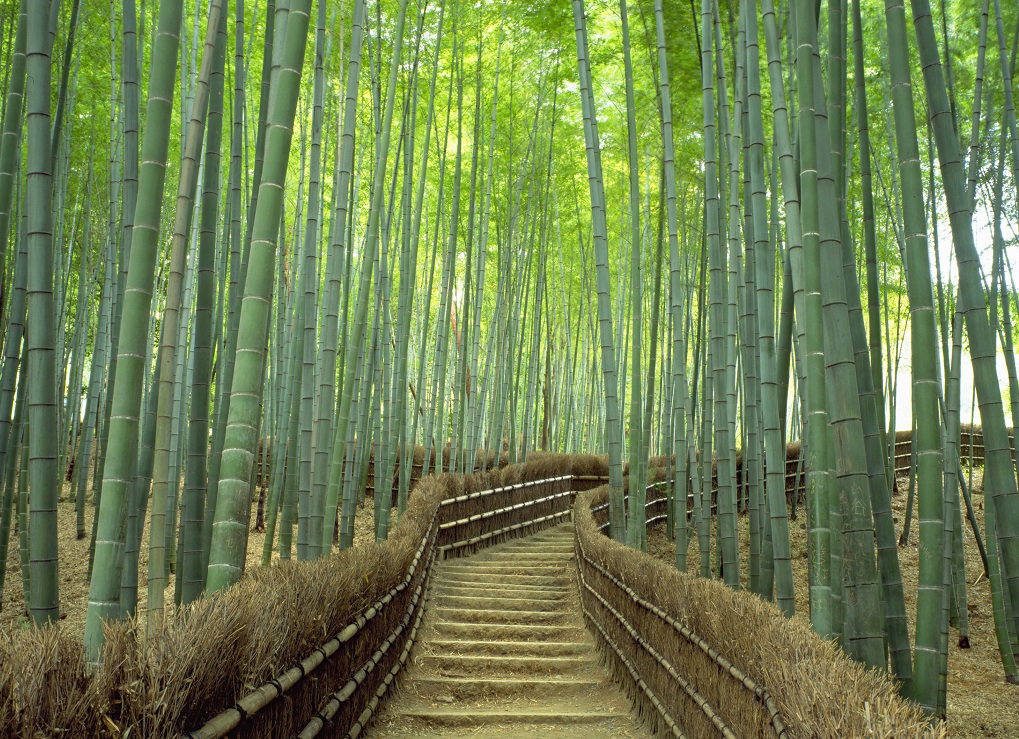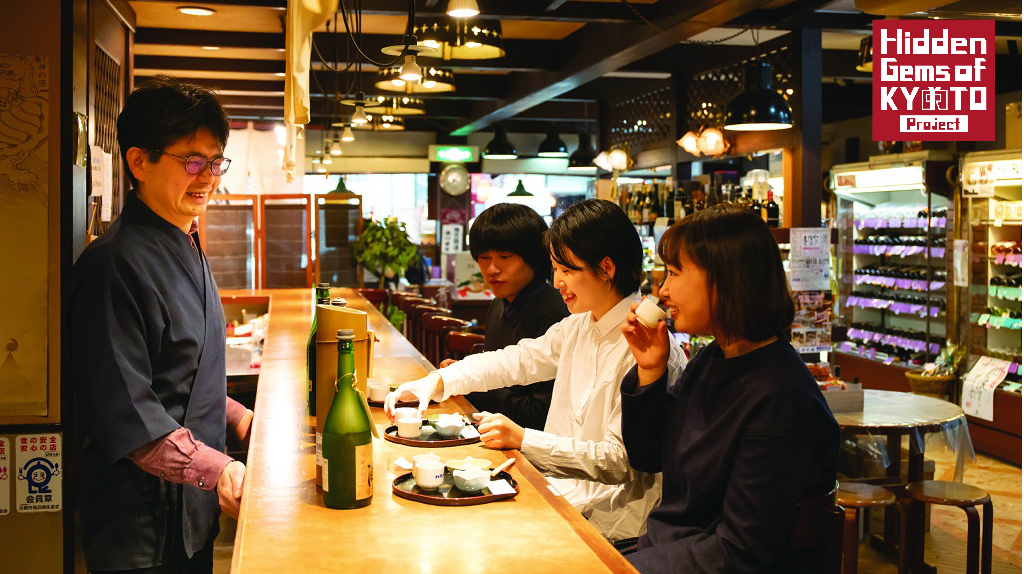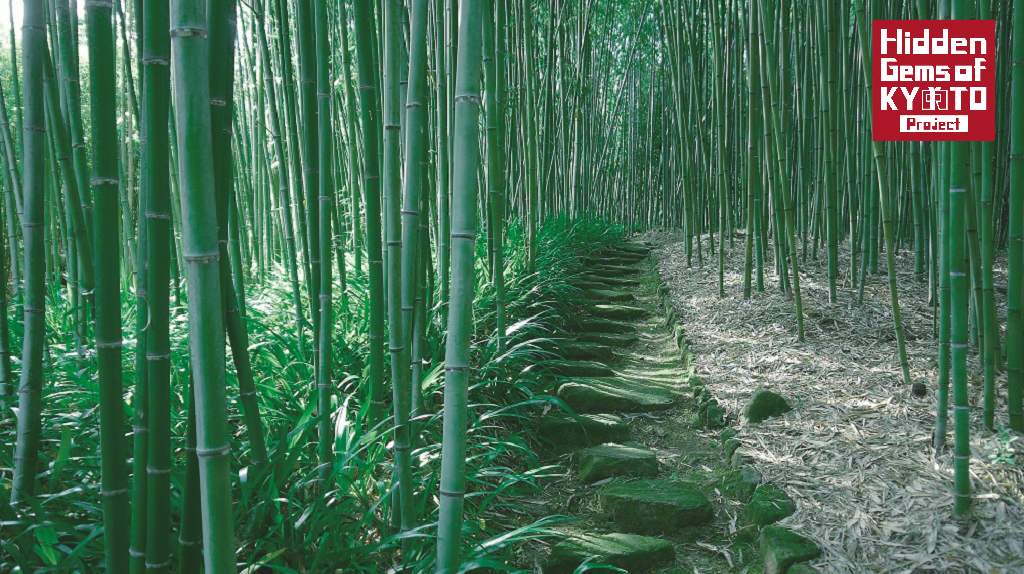
Recommended length: 2 days
One of the prime areas for locals to go to when they want to stretch their legs, go on hikes, and enjoy a picnic on the outskirts of Kyoto is the Nishikyo-ku. Located just a fifteen-minute train ride west of the city center, its verdant bamboo groves are beautiful year-round and offer a serene respite from the hustle and bustle of urban life. Most of Kyoto’s traditional bamboo crafts and building materials are made from bamboo grown in this area.
Those who wish to tour a bamboo grove most often visit the one located on the north of Arashiyama’s Togetsukyo Bridge. Due to its popularity, it is also constantly filled with people which makes it difficult to appreciate to its fullest. Additionally, many tourists gather nearby to visit the famous Monkey Park, adding to the busy atmosphere.
In order to truly experience the magic of a bamboo forest, venture a bit deeper into the woods and explore other areas of Nishikyo-ku.
Day 1
Arashiyama Monkey Park Iwatayama
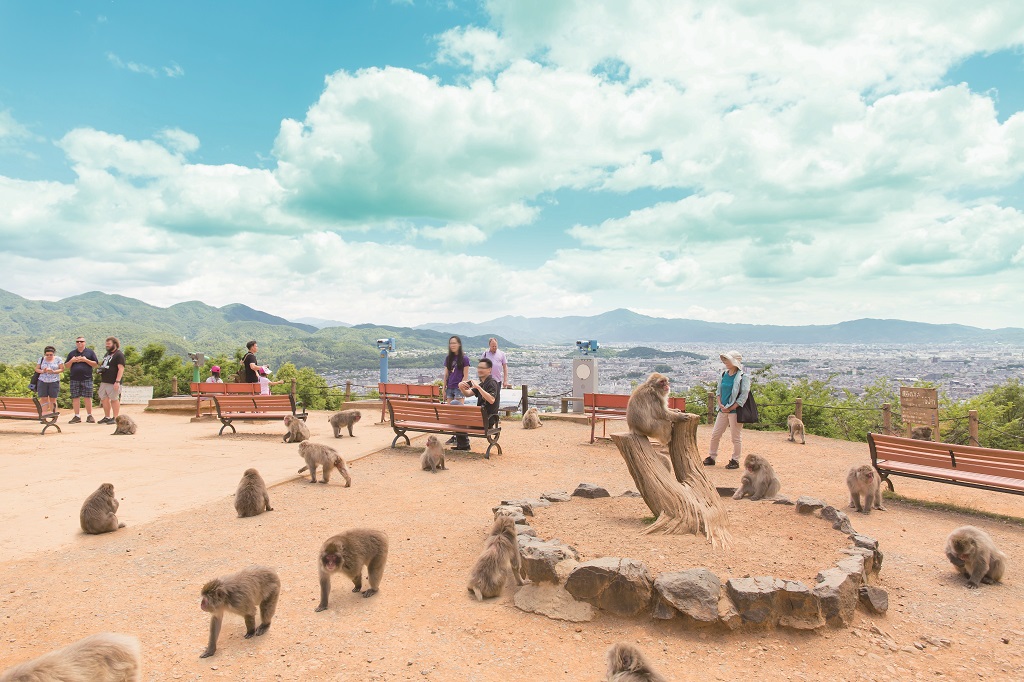
Let loose with monkeys at the mountaintop
The Monkey Park Iwatayama is populated with free-ranging monkeys that await visitors at the mountaintop. The road to the park consists of a surprisingly tranquil trail, with panoramic views that make the hike itself worth the trip to the top. After arriving, you can buy a pack of snacks for a few hundred yen to feed to the monkeys from inside an enclosed rest area.
Access
By JR Line: A 15-minute walk from Saga Arashiyama Station
By Hankyu Railway: A five-minute walk from Arashiyama Station
-
Bus 15 minutes
Jizo-in Temple
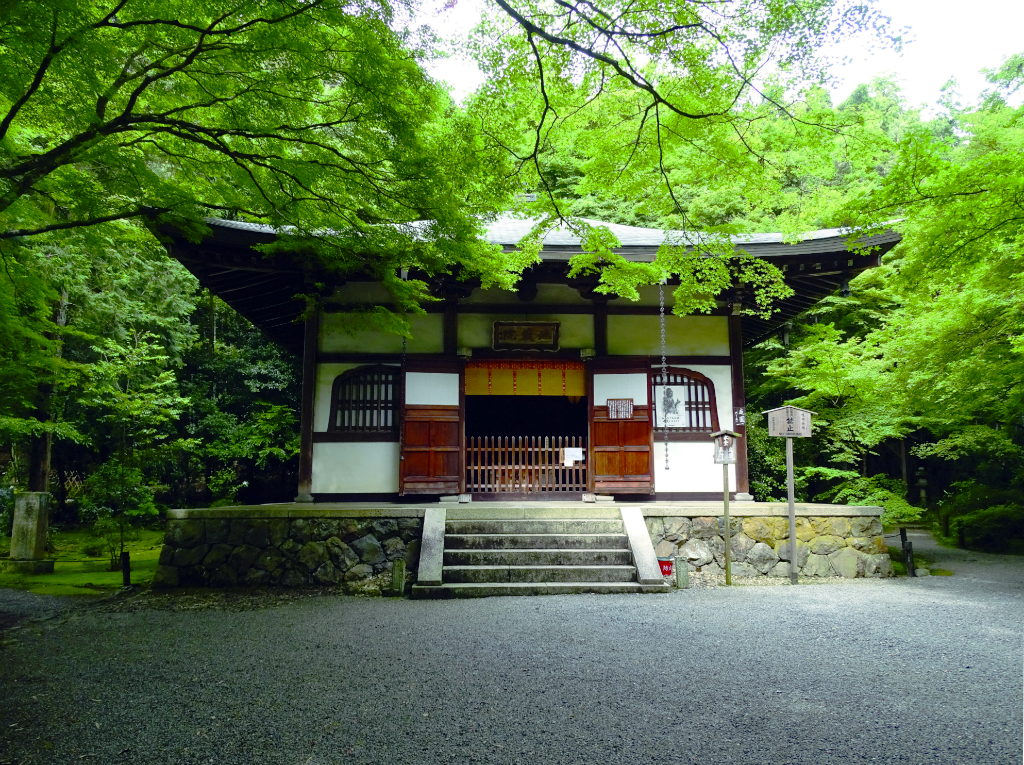
A Zen sanctuary known as the “Bamboo Temple”
Built in the mid 14th century, this Rinzai sect temple is full of soaring stalks of bamboo which gave it its nickname. Jizo-in Temple is also where the Zen Buddhist monk Ikkyu, a famous historical figure often depicted in anime, spent his childhood. Its gentle breeze, dappled sunlight, raindrops sparkling on tree branches, and the beautiful gradation of fresh greenery, moss, and bamboo are especially mesmerizing in the early summertime.
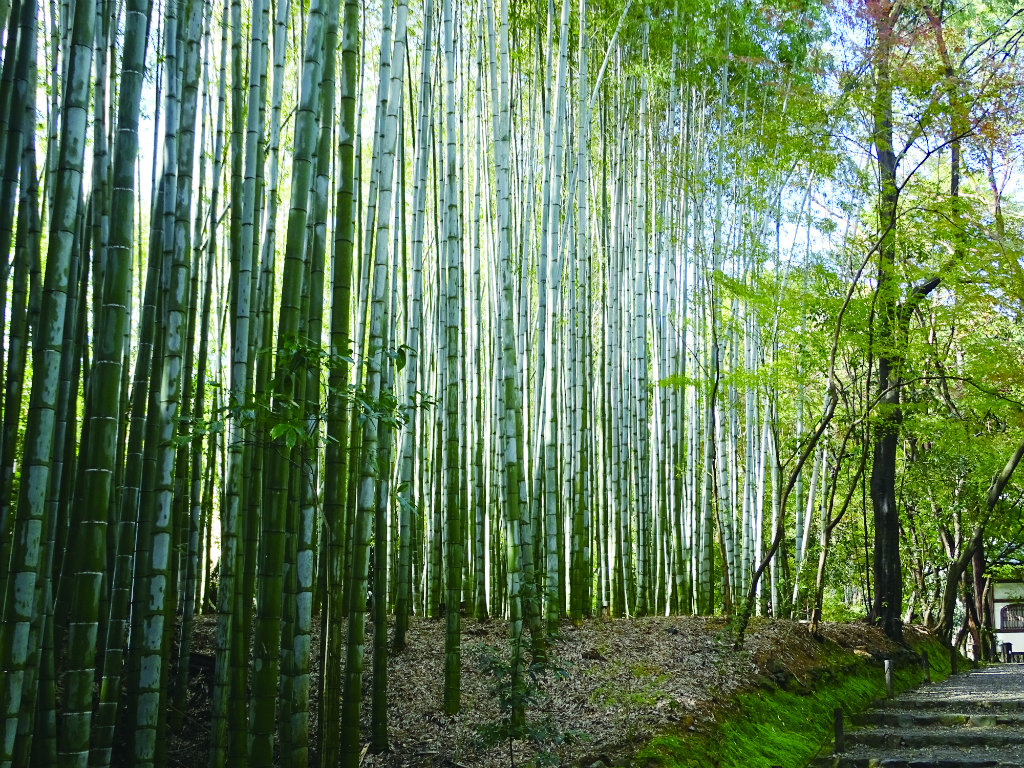
Access
By JR Line: From Kyoto Station, take the Kyoto bus #73 bound for Arashiyama Kokedera Suzumushidera. The temple is a 3-minute walk from the Kokedera bus stop.
By Hankyu Railway: A 12-minute walk from Kamikatsura Station
Day 2
Walking Trail by a Bamboo Fence

A bamboo forest frequented only by those in the know
There is a picturesque bamboo forest located near to the north road to Oharano Shrine. As a hidden spot known only to locals, it is almost completely free of groups of tourists. When visiting, please be considerate of others and stroll quietly.
Oharano Shrine has been known as a famous spot for viewing autumn leaves since the Heian period (794 – 1185). Compared to the autumn leaf locations in the center of Kyoto city, this area is relatively less crowded, so you can enjoy the autumn leaves at your own pace.
-
Walk 30 minutes
-
Bus 6 minutes
-
Walk 4 minutes
Kyoto City Rakusai Bamboo Park
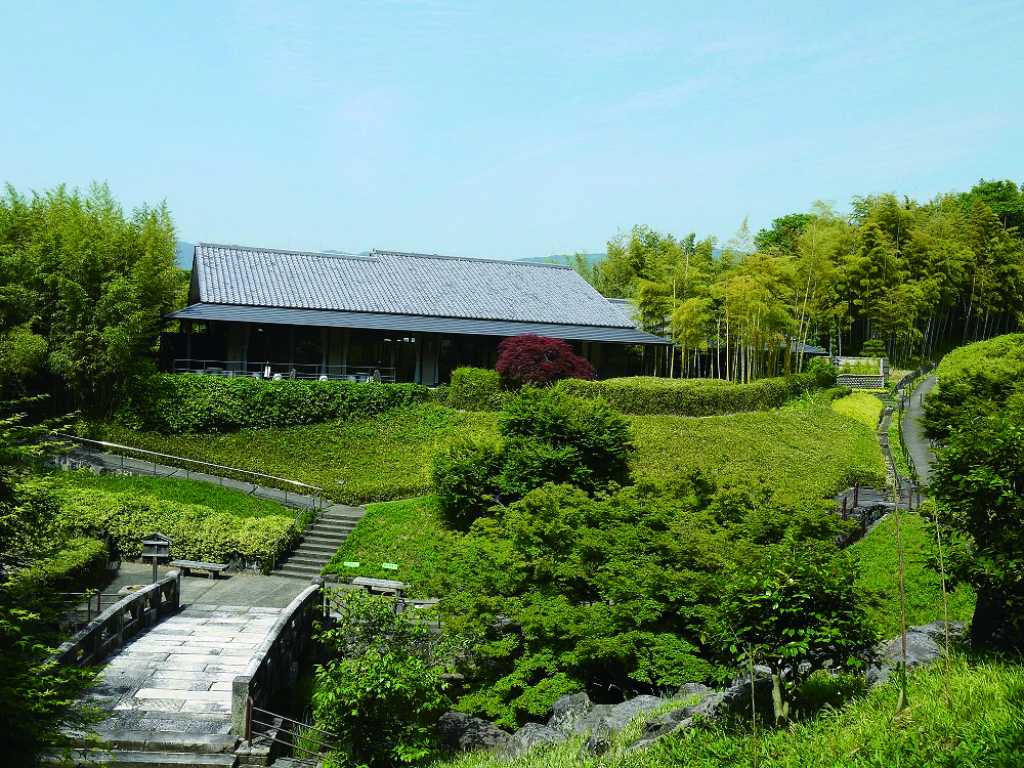
A beautiful yet little-known hideaway
A serene path winds through the bamboo groves for just over a mile along the park’s edge, evoking the peaceful atmosphere of a Japanese garden. Though still relatively unknown, visitors can find tranquility here, taking in the fresh, quiet air. The museum found inside the park is an educational facility that showcases bamboo instruments and crafts, as well as historical artefacts. One such object is a lightbulb made by Thomas Edison, with a bamboo filament sourced from Kyoto. The park features over a hundred varieties of bamboo gathered from across the country.
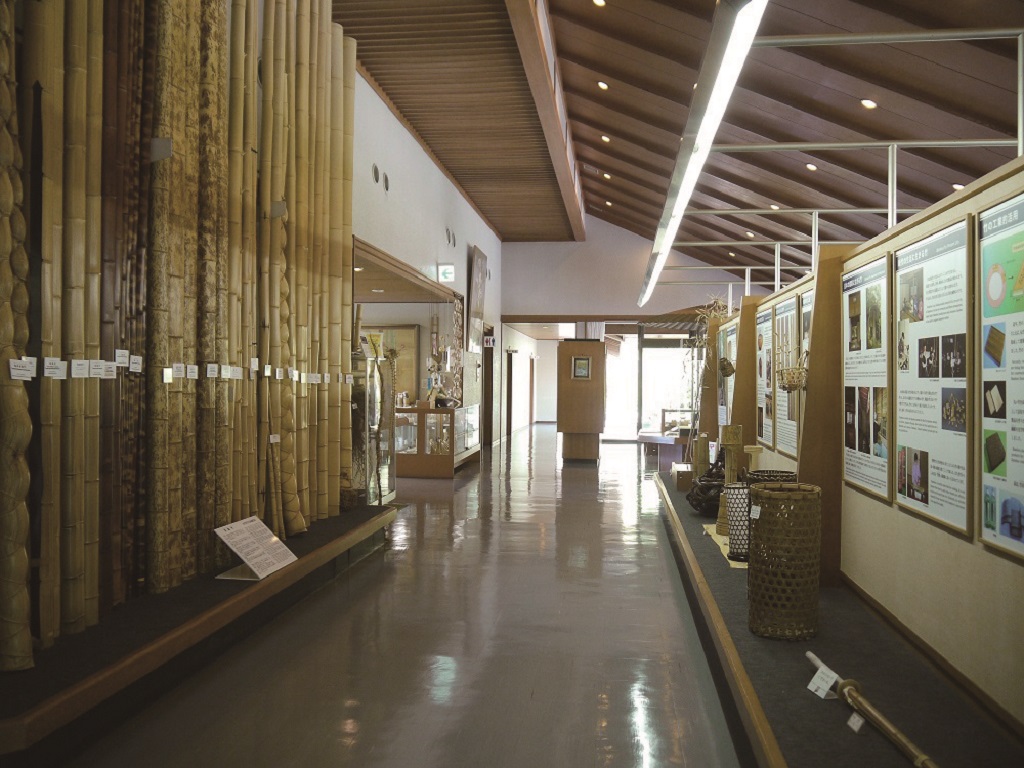
-
Bus 16 minutes
Hotel Kyoto Eminence Takenosato Onsen
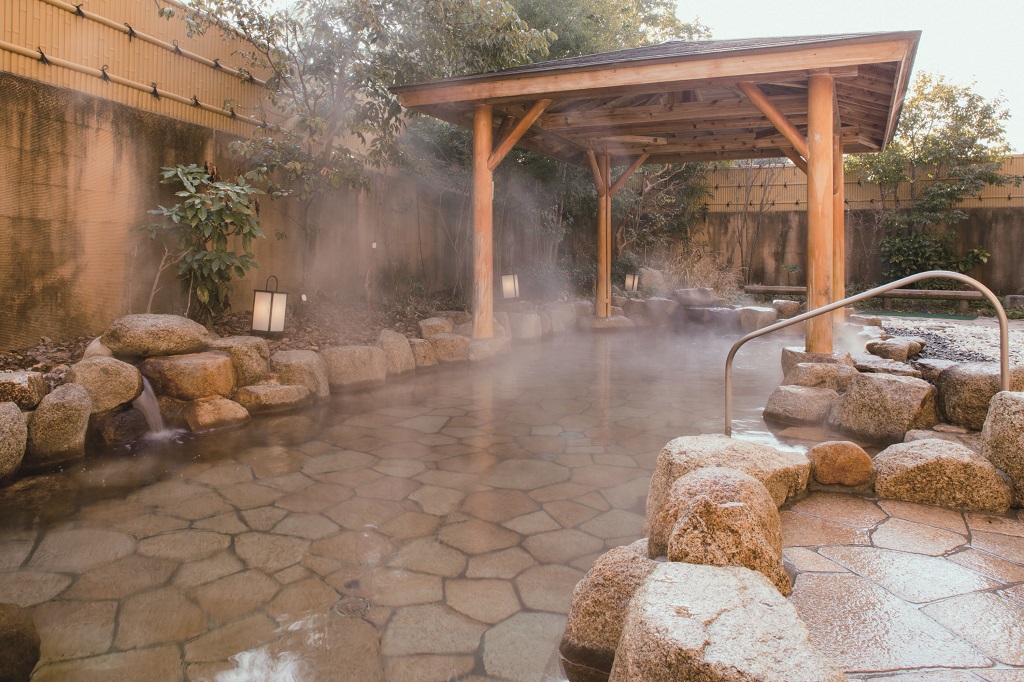
Reinvigorate your body and soul after a full day of sightseeing
Takenosato Onsen is one of the few facilities in Kyoto City where visitors can dip into authentic natural hot spring baths. The Onsen’s three different types of baths include a spacious indoor bath, an open-air bath, sauna, and jacuzzi. Although the onsen facility is built inside of the Kyoto Hotel Eminence, even non-staying travelers are welcome to relax and soak away their tiredness in the warm baths. It’s the perfect retreat to relieve muscle tension and restore your energy at the end of a long day.
